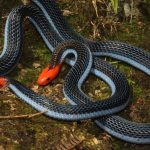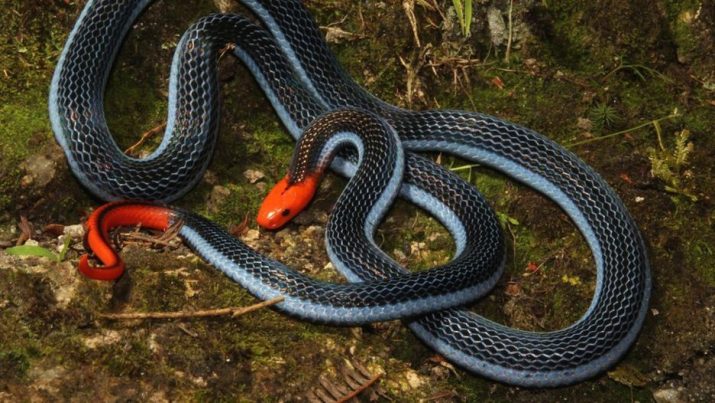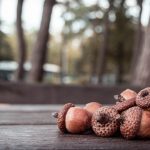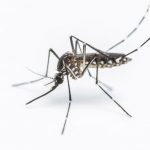
Agricultural areas surrounded by natural habitat buffers show reduced negative impact on wildlife, new study finds
Saturday, October 27, 2018 by Janine Acero
http://www.realsciencenews.com/2018-10-27-areas-with-natural-habitat-buffers-less-impact-on-wildlife.html

A comparative study reveals that manicured citrus orchards and reclaimed orchard forests in Stann Creek, Belize have similar abundance and diversity in herpetofauna (reptiles and amphibians) as natural habitat areas.
Researchers Russell Gray and Dr. Colin Strine of Suranaree University of Technology (SUT), Thailand found that herpetofaunal communities have little sensitivity to agricultural lands as long as they remain surrounded with natural habitat buffers.
The study was published in the journal ZooKeys.
Hidden gem
Belize has long protected and maintained their forested areas, becoming Central America’s “hidden gem” for its abundance of undisturbed rainforests. Yet expansion of agricultural land by its primary sector is becoming more frequent with newly established properties, as with any other developing nation.
Using drift-fence arrays equipped with double-funnel traps, the herpetologists monitored and compared reptile and amphibian communities in a lowland broadleaf forest, a lime orchard, and a reclaimed citrus orchard at the Toucan Ridge Ecology and Education Society (TREES) field station.
Approximately midway through the study (June to September 2016), the site was hit by Hurricane Earl, a Category 1 hurricane, significantly changing the landscape of the forested study sites, due to felled trees and broken branches. To the surprise of the researchers, the reptiles and amphibians remained relatively unfazed in the aftermath of Hurricane Earl. The phenomenon revealed that herpetofaunal communities lack sensitivity to both anthropogenic changes in the area and extreme weather conditions, despite significantly affecting the surrounding vegetation.
Gray noted some of the observations that occurred within three days of Hurricane Earl: “One of the trapping system was catching arboreal [tree climbing] snake species, like the cat-eyed snake and blunt-headed tree snake. This wasn’t only interesting because arboreal snakes were caught in terrestrial traps, but rather because they were never caught in our traps during the study up to this point.”
“Even more interesting is that they were caught exclusively in the manicured orchard area, which makes me wonder if they somehow predicted falling trees and fled to the only habitat without them. Some animals appear to forecast weather events due to sudden or drastic changes in environmental conditions. I wonder if this is a similar case.”
The phenomenon gave way to some notable scientific observations such as the discovery of the first male specimen of the secretive Petén Centipede Snake (Tantilla hendersoni), the only endemic snake species to Belize, which has only been documented once prior to the study. In addition, the scientists discovered range extensions for some species on which they previously lacked data – one for the Doflein’s Salamander (Bolitoglossa dofleini) and another for the Ringneck Coffee Snake (Ninia diademata).
Besides providing important data on reptile and amphibian groups living in disturbed and undisturbed areas in Belize, the study also gives way to future conservation methods to be considered. While Belize still maintains a considerable amount of intact forests, there are several conservation concerns such as agricultural land clearings, constant struggles with xate poachers, or “Xateros”, as well as illegal logging activities and illegal off-season hunting. (Related: Conservation group aims to end destruction of mountaintops by mining operations.)
The study authors note that paying close attention to anthropogenic activity and its potential repercussions on native species is crucial to developing and implementing proper conservation efforts for Mesoamerican herpetofauna.
Sources include:
Tagged Under: Tags: amphibians, Belize, citrus orchards, discoveries, frogs, herpetofauna, herpetologists, natural habitats, orchard forests, reptiles, research, science, snakes





